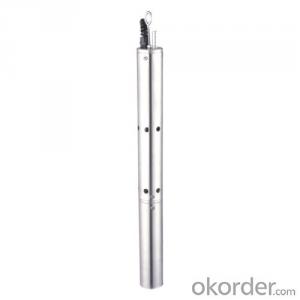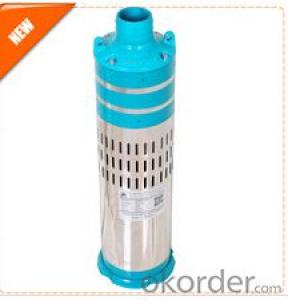Agriculture Solar Pump for Drinking Water
- Loading Port:
- Shanghai
- Payment Terms:
- TT OR LC
- Min Order Qty:
- -
- Supply Capability:
- 300 set/month
OKorder Service Pledge
Quality Product, Order Online Tracking, Timely Delivery
OKorder Financial Service
Credit Rating, Credit Services, Credit Purchasing
You Might Also Like
how is the rotor made:

how is the motor made:
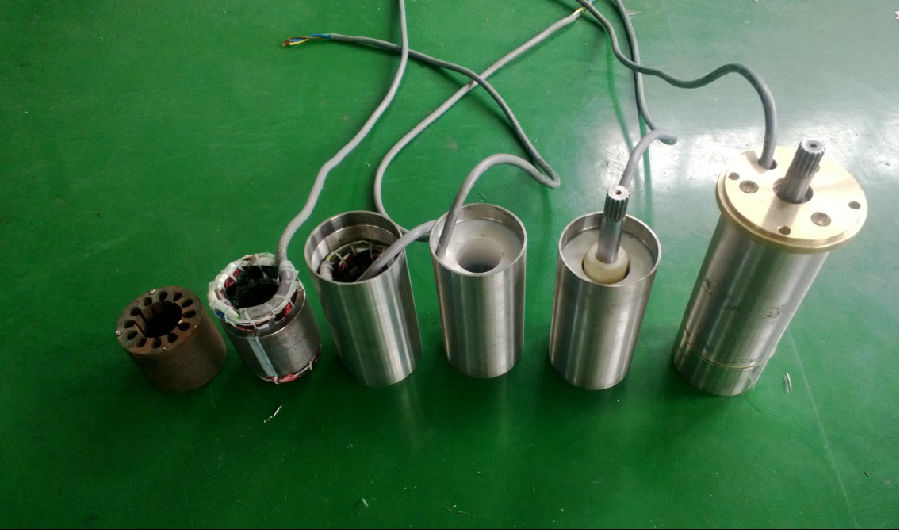
the pump :

controller terminal connection:

The permanent magnet:

the impeller:
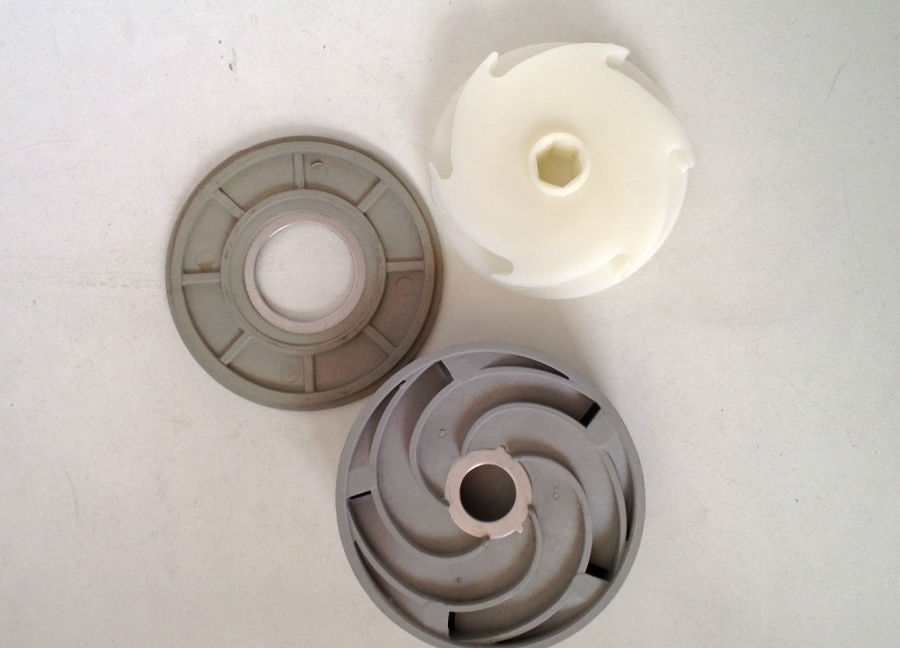

controller box:
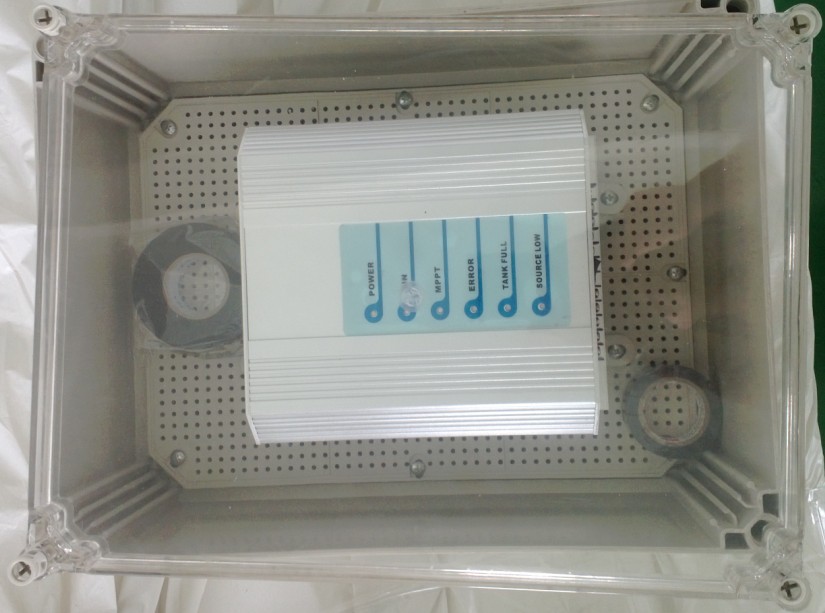
the senors:

the test:

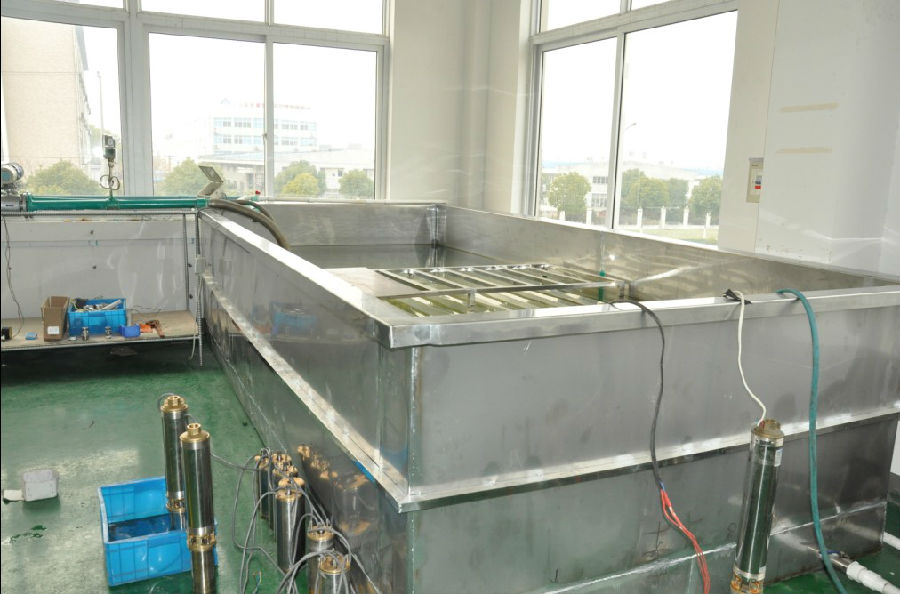
the application:


the package:




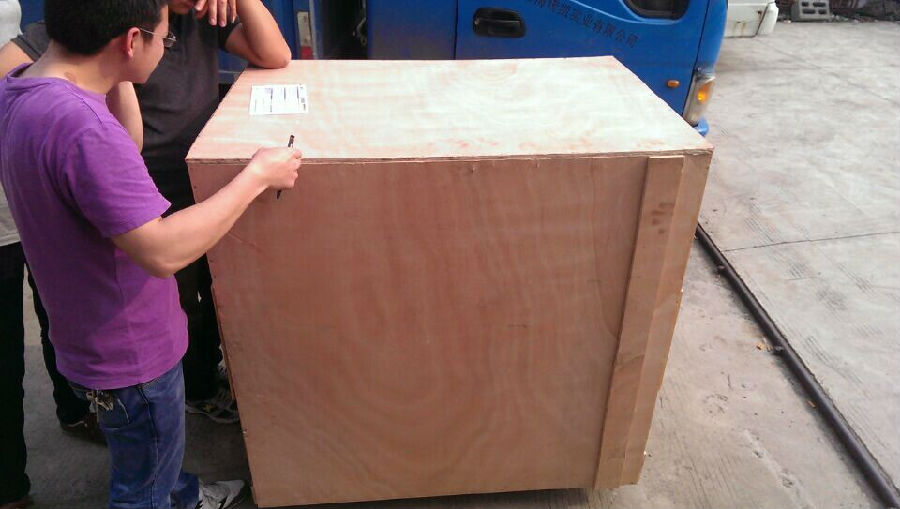



- Q: What are the components of a solar pump system?
- The components of a solar pump system typically include solar panels, a controller, a pump, a storage tank or reservoir, and a distribution network (pipes or hoses) for the water.
- Q: What is the expected energy consumption of a solar pump system?
- The expected energy consumption of a solar pump system would depend on various factors such as the size and efficiency of the pump, the amount of sunlight available, and the water demand. Generally, solar pump systems are designed to be energy-efficient and rely on solar panels to generate electricity, which significantly reduces energy consumption compared to traditional pump systems. However, it is difficult to provide a specific value without considering the specific details of the system in question.
- Q: Are there any restrictions on using a solar pump in agriculture?
- Yes, there can be certain restrictions on using a solar pump in agriculture. Some potential limitations include the availability of sunlight, which can affect the efficiency of the pump, especially in regions with frequent cloudy or rainy weather. Additionally, the initial cost of installing a solar pump can be higher compared to traditional pumps, which may pose financial constraints for some farmers. It is also important to consider the size and capacity of the solar pump, as it may not be suitable for large-scale irrigation needs.
- Q: How do you maintain a solar pump?
- Maintaining a solar pump is essential to ensure its efficiency and longevity. Here are some key steps to follow in order to properly maintain a solar pump: 1. Regular Cleaning: The solar panels should be kept clean and free from any dust, debris, or grime that can affect their performance. Use a soft brush or cloth to gently clean the panels, and avoid using harsh chemicals or abrasive materials that could scratch the surface. 2. Inspect and Secure Connections: Check all the connections, cables, and wiring to ensure they are tightly secured and free from any damage. Loose connections can cause power interruptions or reduce the pump's efficiency. Also, inspect the solar pump controller and inverter for any signs of wear or malfunction. 3. Monitor Pump Performance: Keep an eye on the pump's performance to detect any changes or irregularities. Pay attention to the flow rate, pressure, and any unusual noises. If you notice any issues, it is important to troubleshoot and address them promptly to prevent further damage. 4. Maintain Battery Health: If your solar pump is equipped with a battery, it is crucial to monitor and maintain its health. Check the battery's charge level regularly and ensure it is always within the recommended range. Additionally, clean the battery terminals and keep them corrosion-free. 5. Protect against Extreme Weather: Harsh weather conditions can have a significant impact on a solar pump's performance. During winter, protect the system from freezing temperatures by insulating exposed parts or draining the water from the pump. In areas prone to storms or hail, consider installing protective covers or shields to safeguard the panels and other vulnerable components. 6. Regular Inspections: Schedule routine inspections of your solar pump system. This can be done annually or at regular intervals, depending on the manufacturer's recommendations. Inspections should include a thorough check of all system components, including the pump, panels, wiring, and controller. If you are uncertain about any maintenance tasks, it is advisable to consult with a professional or contact the manufacturer for guidance. By following these maintenance practices, you can ensure that your solar pump operates at its optimal level, providing reliable and efficient water pumping for years to come.
- Q: How does the location of the solar panels affect the performance of a solar pump system?
- The performance of a solar pump system is heavily influenced by where the solar panels are located. There are several factors to consider when determining the best location for the panels: 1. Sunlight Availability: Direct sunlight is necessary for the panels to generate electricity. Placing the panels in an area with maximum sunlight exposure throughout the day will result in optimal energy production. Obstructions such as trees, buildings, or other objects that create shade can greatly affect the system's performance. 2. Angle and Tilt: The angle and tilt of the panels impact the amount of solar radiation they receive. To achieve maximum efficiency, the panels should be angled to match the latitude of the installation location. Adjustments to the tilt may also be necessary to accommodate changes in the sun's position during different seasons. 3. Orientation: The orientation of the panels in relation to the sun is crucial. In the northern hemisphere, panels facing south receive the most sunlight, while in the southern hemisphere, panels facing north are ideal. Deviating from this optimal orientation can result in reduced energy production. 4. Temperature: Solar panels perform better in cooler temperatures. Placing them in a location with good airflow and ventilation helps dissipate heat and prevents efficiency losses. Avoiding areas that are prone to excessive heat, such as poorly ventilated rooftops, can maintain optimal performance. 5. Accessibility and Maintenance: Easy access to the panels is important for regular cleaning and maintenance. Accumulation of dust, dirt, or debris on the panels can reduce their efficiency. Regular cleaning and inspection ensure that the system operates at its best. Considering these factors is crucial as the location of solar panels significantly impacts the overall performance and efficiency of a solar pump system. Proper placement and maintenance of the panels maximize energy production, allowing the system to operate at its full potential.
- Q: Can a solar pump be used for water supply in golf courses?
- Yes, a solar pump can be used for water supply in golf courses. Solar pumps are an environmentally friendly and cost-effective solution for water pumping needs. They harness energy from the sun to power the pump, providing a sustainable and reliable water supply for irrigation in golf courses.
- Q: Can a solar pump be used in conjunction with a water filtration system?
- Certainly, a water filtration system can be effectively used in conjunction with a solar pump. In fact, this combination is widely embraced as an eco-friendly and practical solution to deliver clean and safe drinking water in remote or off-grid locations. The solar pump is employed to extract water from various sources such as wells or boreholes, and subsequently, the water can be directed towards a water filtration system to undergo purification. The solar pump operates solely on solar energy, which not only promotes sustainability but also guarantees long-term cost-effectiveness. This amalgamation of the solar pump and water filtration system proves particularly advantageous in areas where electricity supply is unreliable or nonexistent. It enables a consistent provision of clean water without relying on conventional electric or fuel-powered pumps. In addition, the utilization of solar energy significantly diminishes carbon emissions and dependence on fossil fuels, rendering it an ideal solution for sustainable water supply.
- Q: What is the expected overall system efficiency of a solar pump?
- The expected overall system efficiency of a solar pump can vary depending on various factors such as the type of pump, the quality of solar panels, the geographic location, and the design of the system. On average, a well-designed and properly installed solar pump system can have an overall efficiency ranging from 20% to 40%. The main components of a solar pump system include solar panels, a controller, a pump, and sometimes a storage tank or battery. The solar panels convert sunlight into electricity, which is then used to power the pump. The controller regulates the flow of electricity and ensures that the pump operates efficiently. The pump itself is responsible for transferring water from a source, such as a well or a river, to the desired location. The efficiency of the solar panels is a crucial factor in determining the overall system efficiency. High-quality solar panels with a higher conversion rate can generate more electricity from the same amount of sunlight, resulting in higher efficiency. Additionally, the geographic location plays a role in determining the amount of sunlight available, which directly impacts the system's efficiency. The efficiency of the pump itself is another important consideration. Different types of pumps have varying efficiency levels. For example, centrifugal pumps are typically less efficient compared to positive displacement pumps. Choosing the right pump for the specific application is essential to optimize overall system efficiency. Furthermore, the design of the system can also impact efficiency. Factors such as pipe size, length, and elevation changes can affect the flow rate and pressure, ultimately influencing the overall efficiency of the system. Proper design, including the selection of appropriate pipe sizes and minimizing friction losses, can help improve efficiency. It is important to note that regular maintenance and monitoring of the solar pump system are necessary to ensure optimal performance and efficiency. This includes cleaning the solar panels to maximize sunlight absorption, checking for any leaks or blockages in the system, and ensuring that the pump is operating at its specified parameters. In conclusion, the expected overall system efficiency of a solar pump can range from 20% to 40%, depending on factors such as the quality of solar panels, the type of pump, the design of the system, and the geographic location. By considering these factors and ensuring proper maintenance, one can maximize the efficiency of a solar pump system and achieve reliable and sustainable water pumping.
- Q: Can a solar pump system be integrated with a smart home or automation system?
- Certainly! A smart home or automation system can indeed be integrated with a solar pump system, providing enhanced efficiency, convenience, and control over the pump's operation. By connecting the solar pump system to a smart home or automation system, users are able to remotely monitor and control the pump's functions. This can be achieved through a smartphone app or a central control panel within the smart home setup. Users have the flexibility to easily adjust the pump's settings, such as flow rate and timing, from any location with an internet connection. Furthermore, the integration with a smart home or automation system allows the solar pump system to synchronize with other devices and systems in the house. For instance, the pump can be programmed to automatically activate or deactivate based on temperature or humidity levels, or it can be linked to a rainwater harvesting system to ensure efficient utilization of water. In addition, integrating a solar pump system with a smart home or automation system enables data monitoring and analysis. Real-time data such as solar irradiance levels, water flow rate, and energy consumption can be gathered and analyzed to optimize the pump system's performance. This information proves valuable in identifying potential issues, tracking energy savings, and making well-informed decisions concerning maintenance or upgrades. In conclusion, integrating a solar pump system with a smart home or automation system offers a multitude of advantages, including remote control capabilities, synchronization with other devices, and data monitoring. This integration facilitates a more efficient and convenient operation of the solar pump system, ultimately enhancing overall energy efficiency and sustainability in the smart home or automation arrangement.
- Q: Can a solar pump be used for industrial processes requiring water circulation?
- Yes, a solar pump can be used for industrial processes requiring water circulation. Solar pumps are capable of providing reliable and efficient water circulation for various industrial applications such as cooling systems, irrigation, and wastewater treatment. They can be customized and sized to meet the specific requirements of different industrial processes, providing a sustainable and cost-effective solution.
Send your message to us
Agriculture Solar Pump for Drinking Water
- Loading Port:
- Shanghai
- Payment Terms:
- TT OR LC
- Min Order Qty:
- -
- Supply Capability:
- 300 set/month
OKorder Service Pledge
Quality Product, Order Online Tracking, Timely Delivery
OKorder Financial Service
Credit Rating, Credit Services, Credit Purchasing
Similar products
Hot products
Hot Searches
Related keywords








